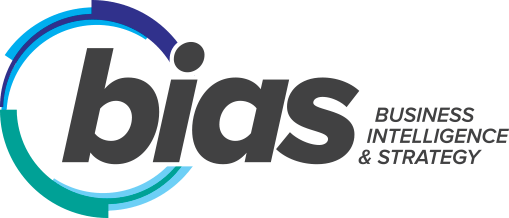What’s an extra 56% margin worth to your business?
A recent Visier report reckons that ‘firms with advanced maturity in HR analytics have 56% higher profit margins than their less data-driven competitors’. Given that staggering statistic, what’s stopping HR Directors, Consultants and HR departments taking people analytics more seriously? Many an HR Professional will admit they are not a ‘data person’. Let’s assume you’re not either. But, did you realise that by not using data in your HR role, the business you work in could be losing out – losing out on all that extra profit!
Don’t want to learn about HR statistics?
You don’t have to be data or statistics-savvy to benefit from people analytics in HR – you just need to know who to ask. Your role is to act on the insights. At BIAS, we can help provide the insights you need by doing all the work on the data for you. We are data people so you don’t have to be.
If people analytics are so good, why isn’t everyone doing it?
One of the key obstacles is linking up HR data with other business systems. Top of the list is not being able to connect reports or analytics provided by HR systems with important business results, such as profit, customer satisfaction and revenue.
This is where BIAS can help most. We can begin by linking finance or business systems and then gradually build on your capability. By collecting and transforming HR and business data, you gain actionable insights that can improve the way you do business.
What you need is information that’s presented in easily understandable graphs, charts, visualizations and questions and answers – based on data extracted from the HR tools you’re already using.
While many people assume that people analytics exists strictly to improve HR functions, the insights uncovered can also help companies drive overall organisational success and meet their wider business goals.
“At its core, people analytics enables HR practitioners and employers to gain insights into their workforce, HR policies and practices, with a focus on the human capital element of the workforce, and can ultimately inform more evidence-based decision making. “ CIPD
[activecampaign form=3]







